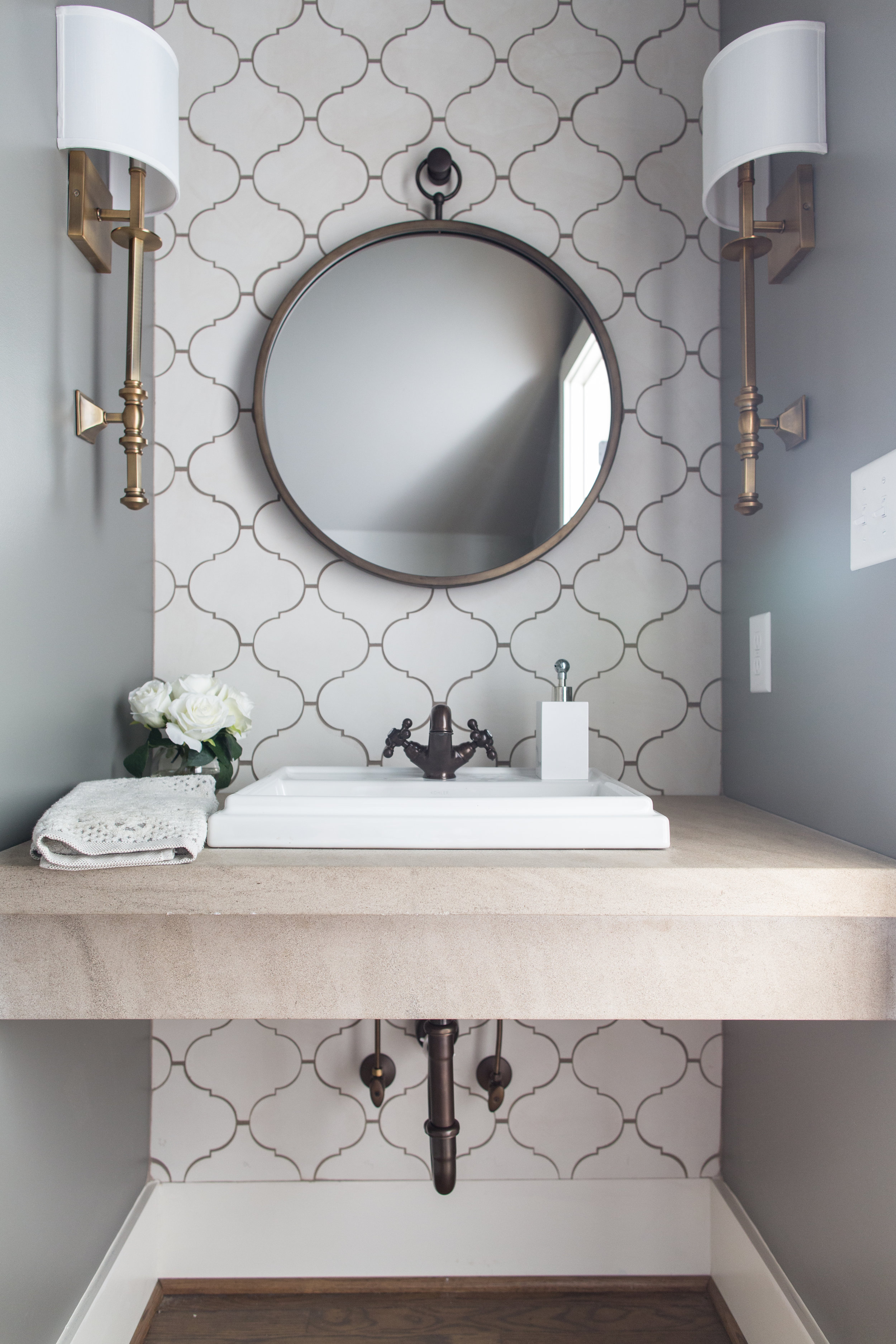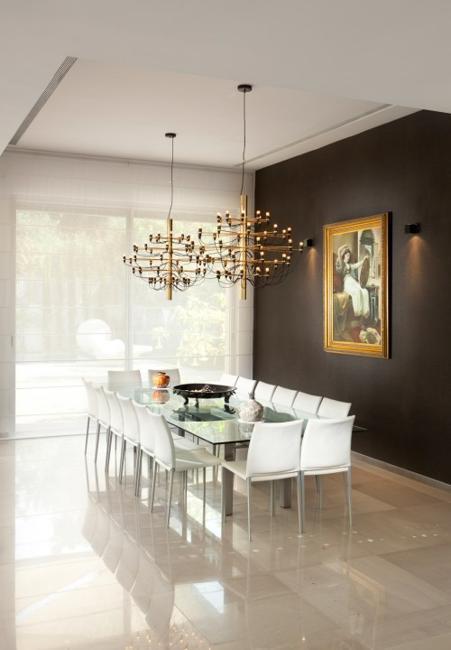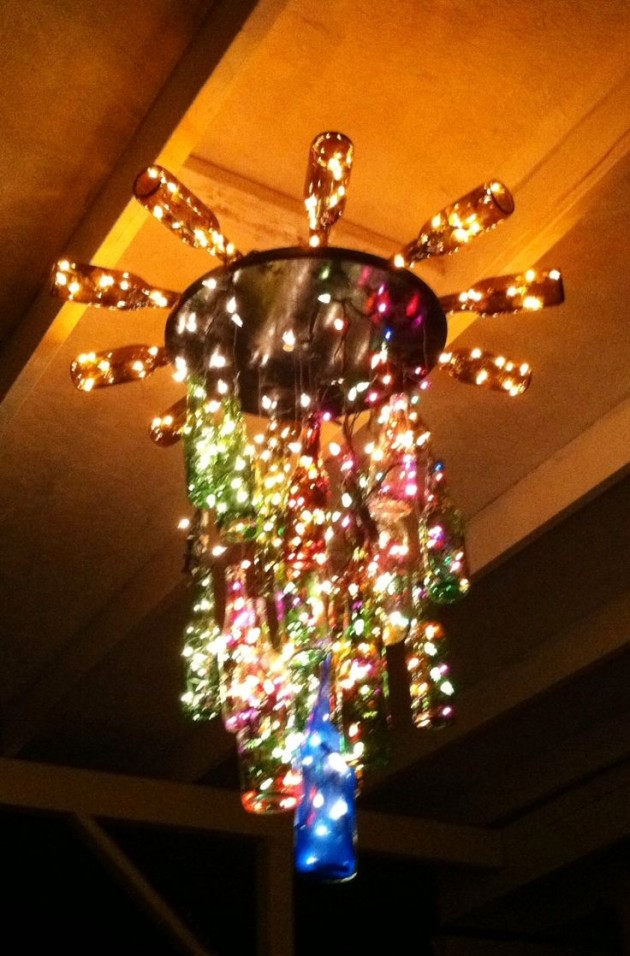Circadian lighting with Home Assistant: Like f lux, but for your house : homeautomation
Table of Content
Just to be pedantic, the current iPadOS _does_ support it. But there will be an update to the Home software later this year that removes the ability for the iPad to serve as a home hub. FWIW, Apple HomeKit + Hue has supported this for a few years (fall 2020?), they call it Adaptive Lighting, and for me this has been a killer app.

At the end of the evening I just switch to red light and wind down for bed. I have a newborn and it's fantastic to be able to change him or take him downstairs for a bottle without bright light waking him too much. I found I need about 20k lux for much of the day to not feel sleepy or depressed in the daytime. I had to move to California and work outdoors to overcome this, I used to live far north, but even "extremely bright" indoor lights weren't enough to have a positive effect on me. I've paired this with powerful Sowilo light strips, which have excellent warm/daylight white range and brightness, and it's kept S.A.D. in relative check.
So How Does Circadian Lighting Work Then?
He takes a holistic approach to healthcare, incorporating principles of functional medicine and using food as medicine when working with patients. It even remembers the previous setting, so you won’t be startled when turning it on in the middle of the night. Research continues to look at methods for bringing key aspects of daylight indoors and how that might have a beneficial effect on memory recall and other tasks. It is also possible to define a brightness during nightmode, so you can get up without being blinded.
And in terms of QoL impact it's been a pretty big deal for us. For context I live near the Canadian border, so not Alaska-level in terms of differences in night/day over the course of a year but far enough north that it does vary quite a lot. Rather then an audible alarm, I have a 15-minute animation of "sunrise" I put together that gently wakes me up and by the time it's getting to the whiter/bluer portion I'm set, I head down without any grogginess even when it's still black out.
Does Circadian Lighting Work?
So you don't need the product of this thread, you just need a simple warm color temperature bulb. Ultimately, regular indoor lights just aren't bright enough to engage the biological response of daylight, regardless of color temperature. I use orange led bulbs in a parallel system to the white lights. We work closely as a cohort with interior and lighting designers to co-create spaces that also focus on maximized darkness in the bedrooms to support the deepest sleep possible.

Circadian disruption (manifested as depression, agitation, nighttime wandering, increased daytime fatigue, loss of cognitive ability, etc.) can happen in most cases. Another industry that can benefit considerably from circadian lighting and sophisticated lighting algorithms is vertical farming. The absence of natural light in this environment means granular control of artificial light is essential to create the best conditions for crops to flourish. Light is the biggest synchroniser of our 24hour internal body clock; natural light is the best way to keep your body clock in sync.
Color Tuning vs Spectrally Optimized LEDs
Even during new moon with a cloudy sky there is usually so much light pollution that it is never completely dark. I mean if your bathroom windows were on the other side of the house or had no street lights shining into them, you wouldn't be able to see... You could have saved all this trouble and just used time-tested incandescent bulbs.
In fact, daylight is the strongest signal our bodies can receive to help regulate our circadian rhythms and send signals to our brain telling our bodies when to perform different functions. People spend more time indoors than ever before — in fact, a 2001 study by UC Berkley and the EPA reported that we spend 87% of our time indoors . If we think back in human history, we evolved into our natural surroundings – waking with the sun and going to sleep soon after sunset.
Circadian Lighting Algorithm
The cost of a lamp a tunable bulb and a fraction of an rpi is almost certainly lower than the cost of 2 lamps and 2 bulbs. Open the curtains/blinds, when the sun comes up, sunlight gets in. I would easily pay 30+ USD per bulb if it had time-sync and NO internet connection (LAN optional and not a must-have). Our low power clock + super cap added $1.25 of BOM which translates to $2.50-$3 of cost to the user. This is exactly a product idea I had and a product I have been desperate to find and buy. Included the "no cloud connection or hub needed" being a desired feature.

Hue bulbs don't require any sort of WAN link, the hub will work fine purely via LAN , and of course one can then remote in with a VPN (via a bounce/mesh if you don't have a fixed IP) like anything else LAN-based. And 3rd party apps can seamlessly deal with multiple hubs. This is a fun read because I've been considering moving to Home Assistant, primarily because I'm worried about what happens when the hubs inevitably fail.
It is only relatively recently that humans have begun to live indoors. Previously, humans lived in caves and used daylight to hunt and gather - therefore, day to day activity centred around daylight. We also have plenty of examples of circadian lighting systems at work here on DesignWell, so professionals have a better understanding of how these types of installations can be set up and appear within a space. I've automated all the lights in my house using Zigbee switch / dimmer modules behind the light switches on the wall. This was a very affordable option, but unfortunately I can't change the color.
I'm doing this with HomeKit, Homebridge and Nanoleaf A19 bulbs. Lifx bulbs have excellent CRI the only downside being they are not cheap. So I'm not sure that the whole color shifting makes a big difference if you don't get rid of the blue as well. White LEDs are generally blue LEDs with phosphor coatings, but they still leak the blue. It is an ESP board with some MOSFETS soldered on a perf board, connected to a huge RGBW LED strip and powered by a beefy power supply I found. 230V cables barely covered and the perf board naked to the elements.
LED drawbacks.There are health implications to a home full of LED lights. Former architect, lighting expert, and professor at Icahn School of Medicine at Mount Sinai,Dr. Mariana Figueirorecommends you take your own measurements and calculations to make sure you understand what you’re getting from the manufacturer. Can be very expensive.A whole house Smart lighting system that’s able to control all three conditions to send signals to the brain and trigger circadian responses is a pricey endeavor. I'll suggest to you also the adaptive lighting integration over the circadian rhythm one.
The eyes respond to specific lighting conditions at specific times and in turn relay information to the brain to perform specific functions needed at that time. For instance, sunlight moving from bright to dim tells the body it’s time to begin winding down for the evening. Think ‘brighter days and darker nights.’ Circadian lighting aims to create a strong daytime signal during the day while greatly reducing it at night. A study by Johns Hopkins University found that ‘the retina measures light and dark information by using rod-cone photoreceptor cells and signals these responses to the brain’.
If it was up to me, I'd get rid of the hanging lights and go back to the 90's light canisters in the ceiling. There was a 5000K fluorescent above the closet that I replaced with a fixture from the thrift store, that has a mix of orange and red bulbs. Circadian lights and dimmed (don't have color bulbs there) bathroom lights at night with motion sensor are alone a reason big enough to start this domotic journey.
The unique solution creates cooling sanctuaries of better air within a variety of public settings. It all happens at CEDIA Expo, the only show dedicated to residential technology, happening September 29 – October 1 at the Kay Bailey Hutchison Convention Center in Dallas, TX. Together, let’s revolutionize the connected home of the future. I've never seen any room with window in a city where it was completely dark during the night unless the window was closed with shutters and curtains.
Comments
Post a Comment